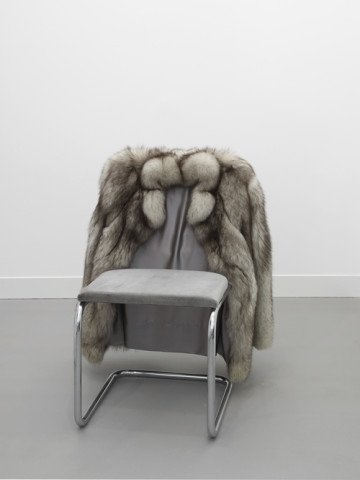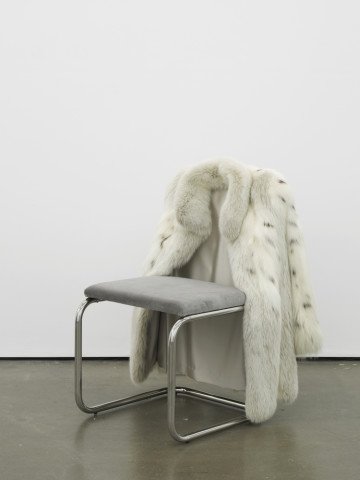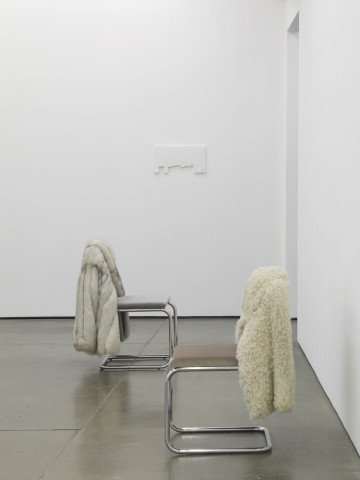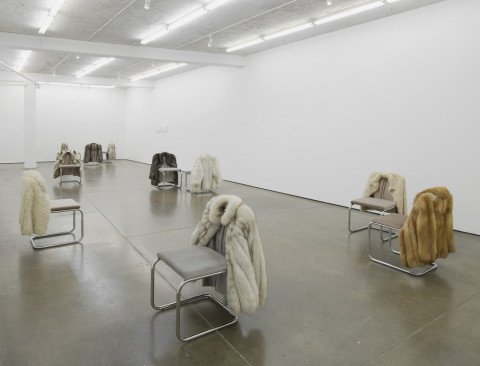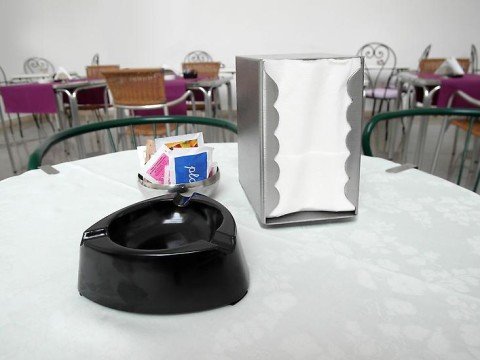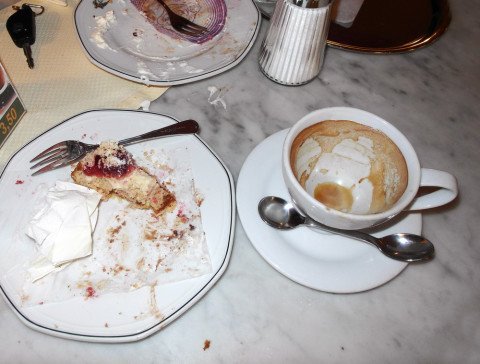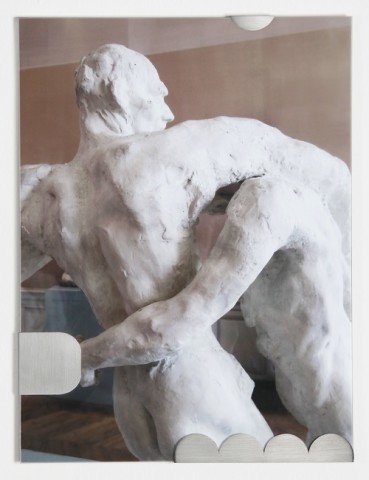At Turner Prize 2015 Surrealists root for Nicole Wermers
- Nicole Wermers, Untitled Chair, Brown tipped arctic fox, steel tubing, upholstery, silk and velvet. Courtesy Herald St. London.
- Nicole Wermers, Untitled Chair, Brown tipped arctic fox, steel tubing, upholstery, silk and velvet. Courtesy Herald St. London.
- Nicole Wermers, Infrastruktur, Installation view. Courtesy Herald St. London .
- Nicole Wermers, Infrastruktur, Installation view. Courtesy Herald St. London .
- Nicole Wermers, Il Dehors, 2012, mixed media, dimensions variable. Courtesy Tanya Bonakdar NY.
- Nicole Wermers, Buhuu Suite (Two of Threesome), 2011, C-print, stainless steel clips, clip frame, 40 x 30 x 1.5 cm / 15.7 x 11.8 x 0.6 in. Courtesy of the artist.
- Nicole Wermers, Buhuu Suite (Two of Threesome), 2011, C print, stainless steel clips, clip frame , 40 x 30 x 1.5 cm / 15.7 x 11.8 x 0.6 in . Courtesy of the artist.
Turner Prize 2015 short-list that was announced last week proved the fact that, during the times we are going through, the need for tangibility in art is a topic under discussion.
An archive in form of a study room presented by the multidisciplinary artist Bonnie Camplin, Janice Kerbel’s one-off operatic performance work consisting by a musical composition, and the transform of a housing estate in Liverpool by a collective of eighteen designers and makers are three of the four “works” that caught the jury’s attention and will participate at the Turner prize exhibition in Glasgow opening at October 1st, with the £25,000 winner announced on 7 December.
As for the fourth nominee, German-born artist Nicole Wermers is the only one from the list who was chosen for presenting what could be called a traditional art show at Herald St. gallery in Bethnal Green last February, called “Infrastruktur”.
The core of the show was a series of unique dining chair and fur coat assemblages. The only detail revealing that the viewer is not in front of an extreme coincidence of elegance where dazzling furs are resting on a dozen of Marce Breuer’s “Cesca” chairs, is the stitching of the furs around the chairs’ back, marking the birth of those lavish sculptures, where an iconic design item of the 20th century meets the most fetishised item in the female closet.
The power of the show lies in the seriality of the works. Via this repetition, the viewer grasps the opportunity to examine the differences among the sculptures. In fact, the colour each one of the seats’ bottoms, is in accordance with the colour of the fur which is sewn on it. This peculiar twist, with a hint of effective Surrealism, comments on critical contemporary social issues depending on functionality, social identity, lifestyle, class, consumption and control.
Wermers’ allusive take on functional elements is also manifested in the piece titled “Manners”. In 2013, the artist was commissioned by Tate Britain to redesign the teaspoon of the museum’s newly refurbished café. What the artist did was to create a spoon that consisted of two ‘bowls’, one at either end of the handle.
When someone thinks about the fur coats that replace the chairs’ back in “Untitled Chairs”, and the transform of the tea spoon’s design in “Manners”, can not help but bring in mind Meret Oppenheim’s fabled fur-covered cup, saucer, and spoon.
The story about Oppenheim’s most iconic work says that the fur-covered up objects were inspired by a conversation among Oppenheim, Pablo Picasso and Dora Maar at a Paris café. Admiring Oppenheim’s fur-covered bracelet, Picasso remarked that one could cover anything with fur, to which she replied, “Even this cup and saucer.” When Oppenheim was asked by André Breton to participate in the first Surrealist Exhibition, she accomplished her previous bizarre remark, presenting the fur-covered cup objects.
The anecdote above, where an unexpected incident of such significance becomes the reason to capture a story that otherwise would not have been registered, creates the urge to put that specific set-up under the spotlight, and manifest it as something different from what it was initially supposed to be.
This exact kind of re-examination happens in Nicole Wermers installation “Il Dehors”, presented in 2012 at Villa Massimo/German Academy in Rome. The private space of the gallery was now the simulation of a Roman plaza, featuring an excessive installation of furniture and table accessories of various Roman bars and restaurants that the artist had borrowed or rented from their owners. Dismantled from its functional use, the furniture becomes the subject of an observation that investigates the ways that the private initiatives structure their profit methods by treating the urban space as private. This observation is taking place once again through the prism of design and also the aesthetic intervention of the artist, who in this case designed the Italian style stainless steel napkin dispensers, that the tables were equipped with.
The consumer culture and the ways that are designated for its perception seem to be a recurring pattern in Nicole Wermers work. In “Buhuu Suites” (2011), we see again the dialogue between the aesthetic approach on the form and the social, economical and psychological aspects of the appropriation of the urban space taking place, this time embodied in a different medium. By visiting the Rodin Museum in Paris and capturing the works just like a common visitor would do, she examines how the exhibits are displayed in a ritualized context that belongs to a constricted environment, which is relegated to a certain way of thinking and experience. For the frame of her pictures, the artist created geometrically shaped stainless still clips, starting a formalistic dialogue between the works in the museum and her own contemporary approach.
Nicole Wermers’ tongue in cheek observation of social phenomena shares the same ambition with this year’s Turner Prize, for an invitation to slow down and investigate things we might have overlooked by letting them surprise us.
We look forward to seeing the work that Nicole Wermers will present at the Turner Prize exhibition in Glasgow, and we will also wait impatiently to see if the other nominees will manage this time to manifest in their shows the sensitivity that was absent from the works they were nominated for, if we accept the fact that were any works in general.
May 22, 2015

